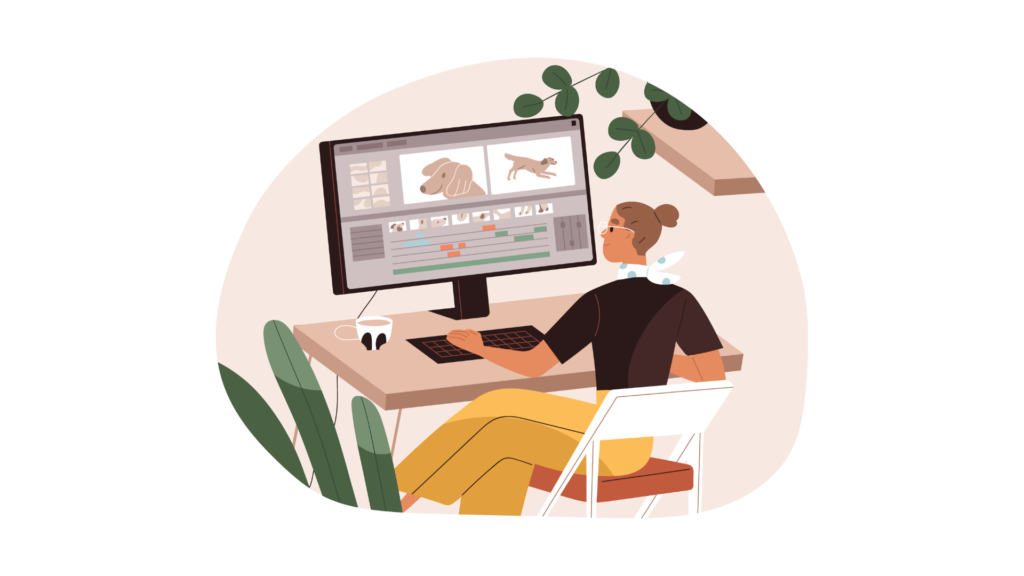
Animation is a magical art form that brings characters and stories to life. It’s more than just cartoons on TV, it’s a dynamic field with diverse techniques that have evolved over decades. For young students eager to explore their creative talents, understanding these different types of animation can be the first step towards mastering this craft. Whether you dream of creating epic fantasy worlds or humorous shorts, knowing these styles can help you find your unique artistic voice.

Also known as cel animation, traditional animation is one of the oldest forms. It involves drawing every frame by hand to create movement. Classic Disney movies like “Snow White and the Seven Dwarfs” were made using this technique. Each second of animation could require up to 24 individual drawings, making it a labour-intensive process. It teaches patience and attention to detail, skills that are invaluable in any artistic endeavour.
3D animation, or computer-generated imagery (CGI), is the type of animation most common in movies and video games today. It uses computer software to create three-dimensional characters and environments. This technology allows animators to create realistic textures and movements, making the characters seem almost life-like. Popular films like “Toy Story” and “Frozen” are examples of 3D animation. Learning this form requires both artistic skills and a basic understanding of computer operations.
Stop motion animation is created by physically manipulating objects to appear as though they are moving on their own. The animator takes a photo of the objects, moves them slightly, and takes another photo. When the photographs are played in sequence, the objects appear to move. Examples include “Claymation” films like “Wallace and Gromit” or puppet-based films like “The Nightmare Before Christmas.” This type of animation is great for those who enjoy working with their hands and constructing tangible art.
This style is especially popular in advertisements, web, and educational videos. Motion graphics involve moving graphic elements such as text or logos, often in dynamic and engaging ways. It’s less about storytelling and more about conveying messages effectively and attractively. Software like After Effects helps bring these graphics to life, making them a good starting point for those interested in a career in graphic design or advertising.

Animation is a diverse and exciting field, offering various paths that cater to different interests and skill sets. Whether you are drawn to the meticulous craft of traditional animation, the cutting-edge techniques of 3D animation, the physical creativity of stop motion, or the dynamic appeal of motion graphics, there is a type of animation that matches your creative spirit. By exploring these different types, you can begin to understand where your passion lies, and perhaps, start to shape your future as the next great animator. Keep experimenting, keep learning, and let your imagination lead the way!
